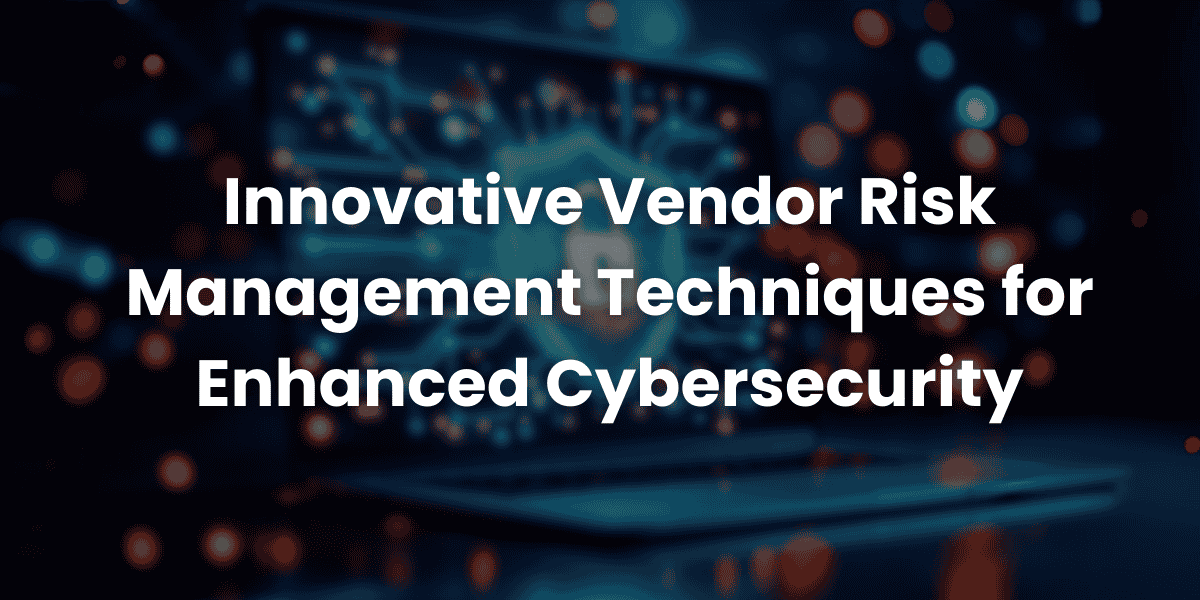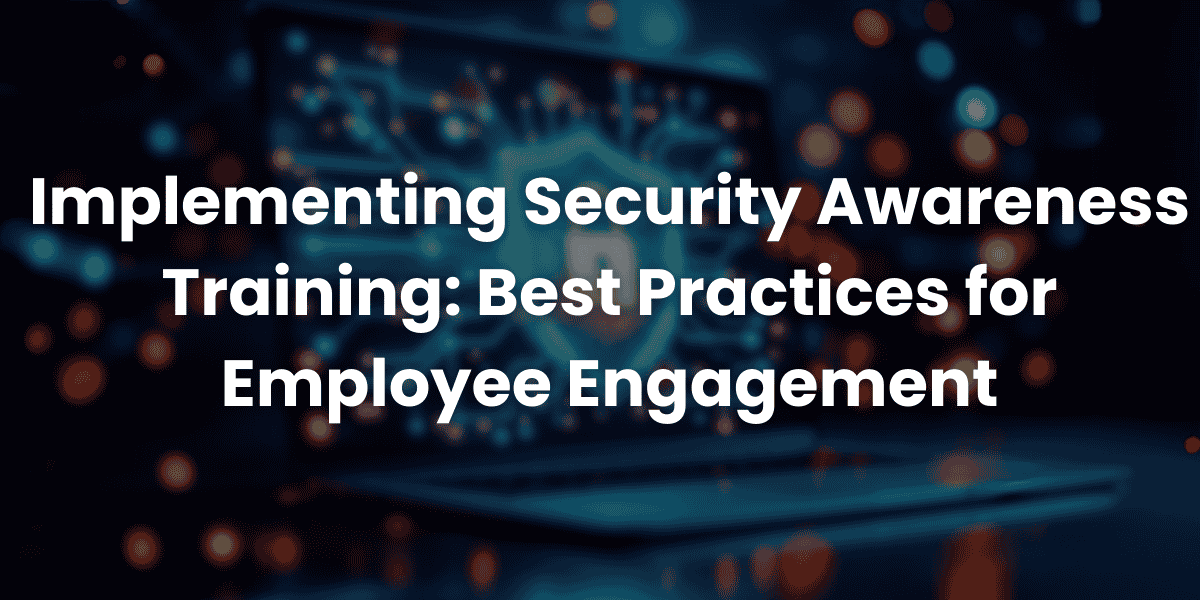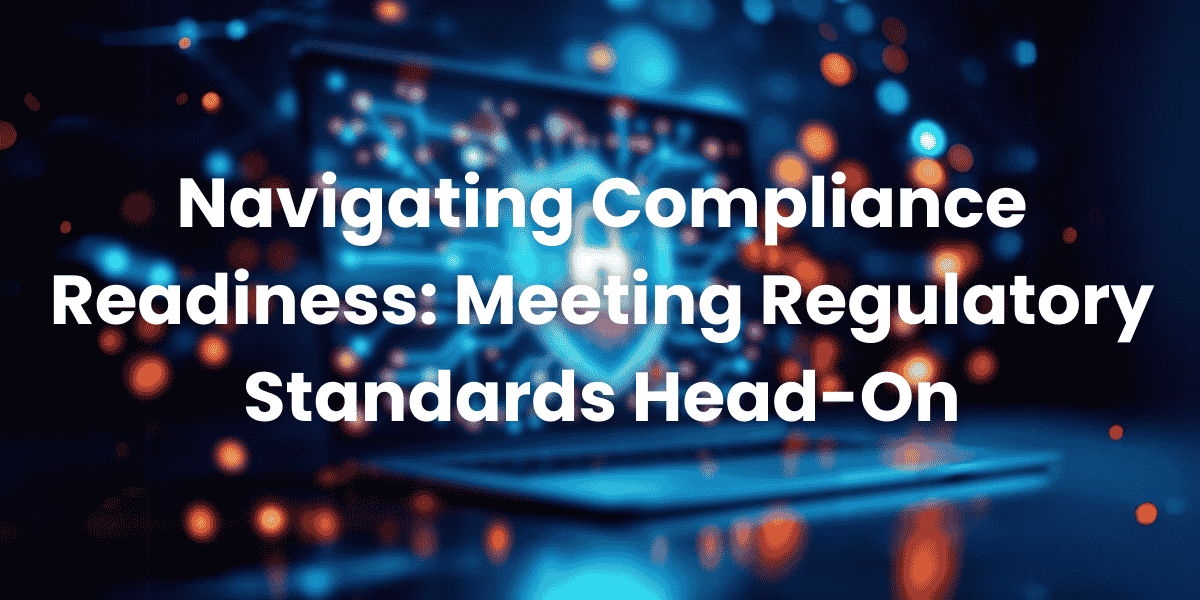In today’s digital age, cybersecurity threats are more prevalent than ever. Organizations must be prepared to respond swiftly and effectively to incidents to minimize damage and ensure business continuity. Developing an incident response plan is a critical step in achieving this preparedness. This article provides a step-by-step guide to creating an effective incident response plan that will protect your organization from potential threats.
Why Is an Incident Response Plan Essential?
An incident response plan serves as a roadmap for managing and mitigating security incidents. Without a well-defined plan, organizations risk prolonged downtime, financial losses, and reputational damage. In 2025, with cyberattacks becoming more sophisticated, having a robust incident response plan is no longer optional—it’s a necessity. A well-prepared plan ensures that your team can act decisively during a crisis.

Step 1: Assemble an Incident Response Team
The first step in developing an incident response plan is assembling a dedicated team. This team should include members from various departments, such as IT, legal, communications, and executive leadership. Each member should have clearly defined roles and responsibilities within the incident response plan. For example, IT personnel may focus on technical mitigation, while communications handle public relations.
Step 2: Define What Constitutes an Incident
To create an effective incident response plan, you must first define what qualifies as an incident. This could include data breaches, ransomware attacks, or unauthorized access to sensitive information. Clearly outlining these scenarios ensures that your team can quickly identify when to activate the incident response plan.
Step 3: Establish Communication Protocols
Effective communication is a cornerstone of any successful incident response plan. Establish clear protocols for internal and external communication during an incident. This includes identifying who needs to be informed (e.g., employees, customers, regulators) and how information will be shared. A well-structured communication strategy minimizes confusion and ensures transparency throughout the incident response process.
Step 4: Develop Detailed Response Procedures
Your incident response plan should include detailed procedures for handling different types of incidents. These procedures should outline step-by-step actions, such as isolating affected systems, preserving evidence, and notifying stakeholders. By documenting these steps, you ensure consistency and efficiency in your incident response efforts.
Step 5: Conduct Regular Training and Simulations
Even the best incident response plan is ineffective if your team doesn’t know how to execute it. Regular training sessions and simulated exercises are essential for preparing your team. These activities help identify gaps in the incident response plan and provide valuable hands-on experience. In 2025, organizations should prioritize continuous learning to stay ahead of evolving threats.
Step 6: Implement Detection and Monitoring Tools
Detection and monitoring tools play a vital role in the success of your incident response plan. These tools enable early identification of suspicious activities, allowing your team to respond proactively. In 2025, leveraging advanced technologies like AI and machine learning can enhance the effectiveness of your incident response capabilities.
Step 7: Document Lessons Learned After an Incident
After resolving an incident, it’s crucial to conduct a post-incident review. This step involves analyzing what went well and what could be improved in your incident response plan. Documenting lessons learned ensures that your organization becomes more resilient over time. Continuous improvement is key to maintaining an effective incident response plan.
Step 8: Align Your Incident Response Plan with Compliance Requirements
Many industries have specific regulatory requirements for incident reporting and response. Ensure that your incident response plan aligns with these compliance standards to avoid penalties and legal issues. In 2025, staying compliant will be more important than ever as regulations continue to evolve.
Step 9: Test and Update Your Incident Response Plan Regularly
Cybersecurity threats are constantly changing, which means your incident response plan must adapt accordingly. Schedule regular reviews and updates to ensure your plan remains relevant and effective. Testing your incident response plan through drills and simulations will also help identify areas for improvement.
Step 10: Foster a Culture of Security Awareness
A strong incident response plan is only as effective as the people executing it. Fostering a culture of security awareness within your organization ensures that all employees understand their role in preventing and responding to incidents. Training programs, newsletters, and workshops can reinforce the importance of following the incident response plan.
Contact Us for Expert Assistance in Developing Your Incident Response Plan
At CISO Canada, we specialize in helping organizations develop and implement effective incident response plans. Our team of experts is committed to ensuring your business is prepared for any cybersecurity challenge. Contact us today to learn how we can assist you in building a robust incident response plan tailored to your organization’s needs. Together, we can safeguard your future.





